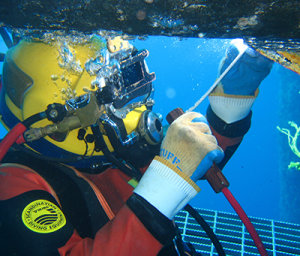You’re interested in artistic welding. You feel passionate about creating with metal in one hand and torch in the other. Could you explain that sensation to someone if you tried? And yet, artistic welding hasn’t always been around. Before that, only the passion existed. The desire was there, the technology was not. And even when that technology came around, there was no immediate recognition that welding could inherently create art. It seems obvious today, but in the late 1800s, our ancestors were barely scratching the surface on how welding could change the world.
It wasn’t until a man named Julio González came along that welding would become a recognized means of creating artistic expression. When Julio was born in 1876, our idea of how a modern welding machine works had only started to develop. The art academies of the time could not even fathom how such an industrial and crude tool could be used for beauty. But Julio did not start as an artist. Like his grandfather and his father before him, Julio was trained to be a metalsmith from a very young age.
When Julio’s father died, Julio’s oldest brother decided to take over his father’s workshop. Free from having to fill his father’s occupational legacy, Julio began to pursue his own course. He could be who he wanted to be, do what he wished to do, and drink wherever he pleased. That last point turned out to be the most critical for Julio. He began frequenting a café called Els Quatre Gats. The same café turned out to be a meeting point for many modernism artists, including a certain Pablo Picasso. Over time, Julio and Picasso would become very close.
Once Julio and Picasso became friends, Julio moved to Paris to further rub shoulders with other upcoming artists. However, Julio’s career as a painter and sculptor in 1918 was nowhere near capable of providing him with enough money to live off. To help pay the bills, Julio took a job at a nearby car factory where he was trained as a welder.
It didn’t take long for Julio to start seeing how his skills as a welder could be applied to art. Using an oxy-fuel process for welding and cutting, Julio began experimenting with sculpting. In the mid and late 1920s, Julio worked with Picasso and in 1929, they collaborated on producing their famous “Woman in a Garden” piece.
Julio continued to develop his skills as an artist. By the end of his life, welding was fully recognized as an invaluable skill within the art community. Famous Sculptor, David Smith, would later declare Julio González to be "the father of all iron sculpture of this century".
In many ways, art is just as much a journey as an object. Every piece of welding has invisible roots that go deep down through history. Whether we recognize it or not, Julio’s work plays an influence every time we strike an arc. His legacy is alive and well within every welder who experiments with art today.
If you’re looking for more articles about artistic welding or the history of how it was developed, why not check out either of these fascinating posts below:







